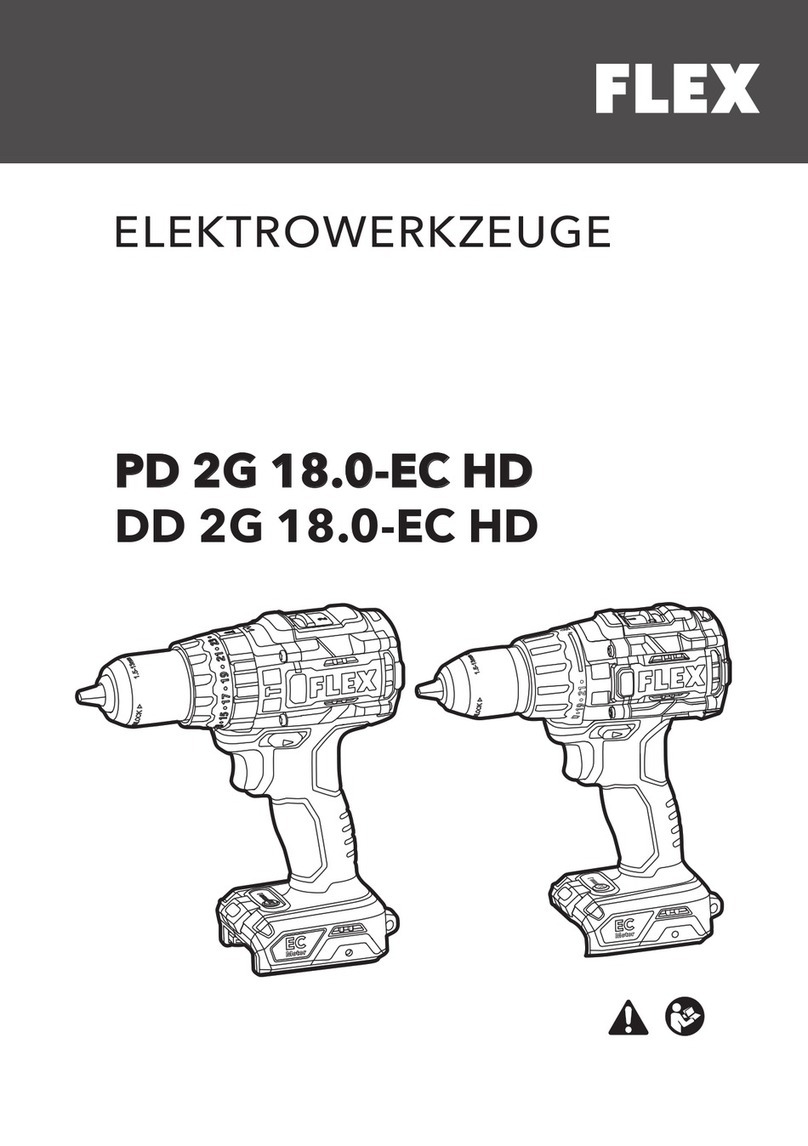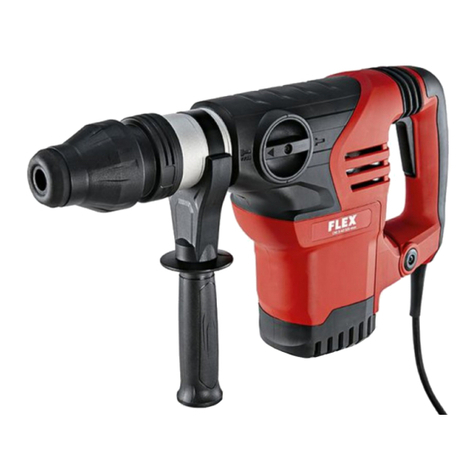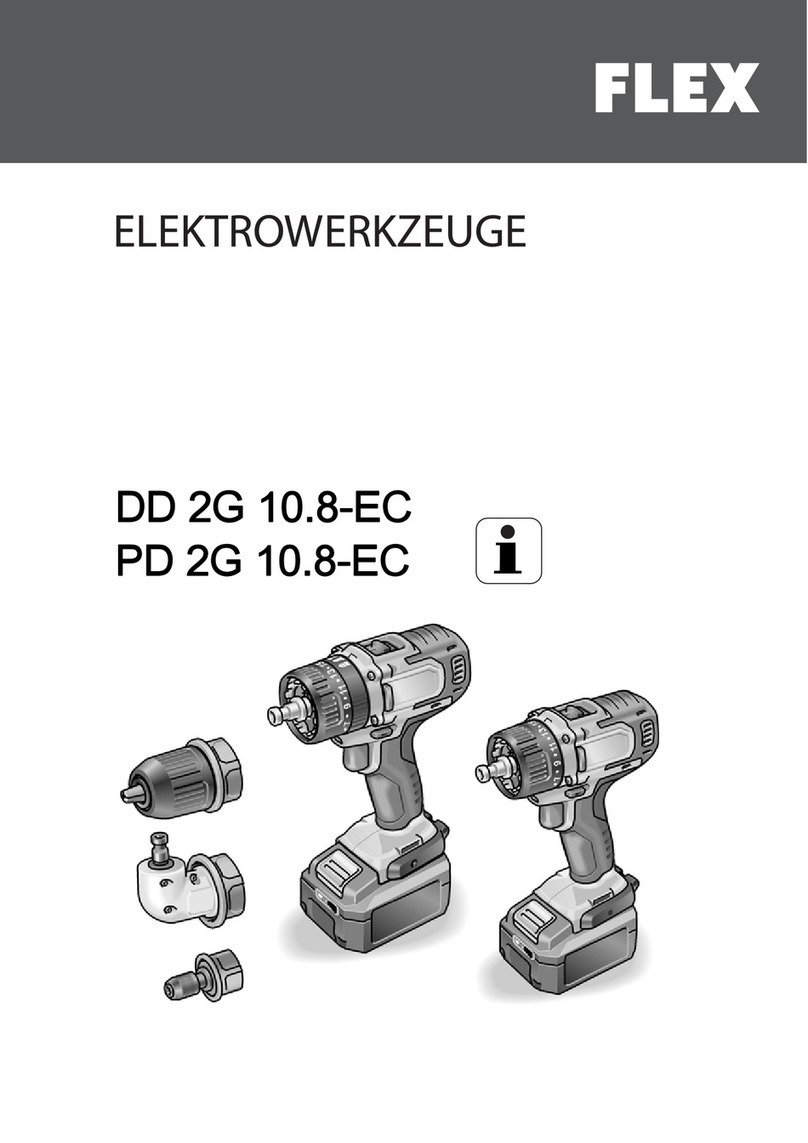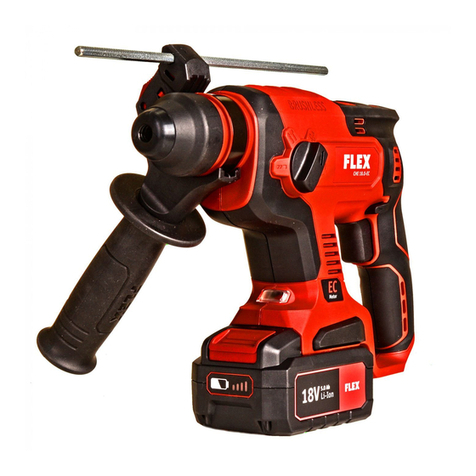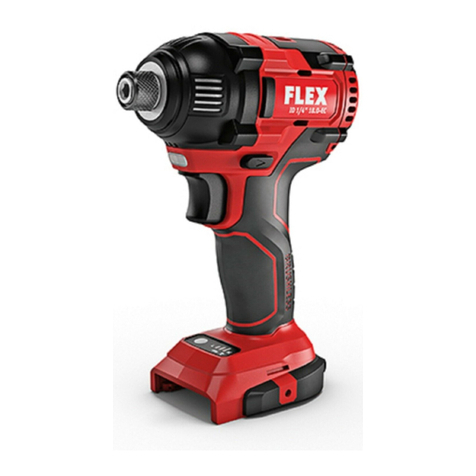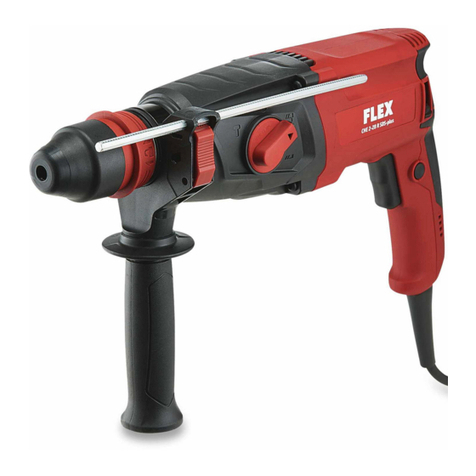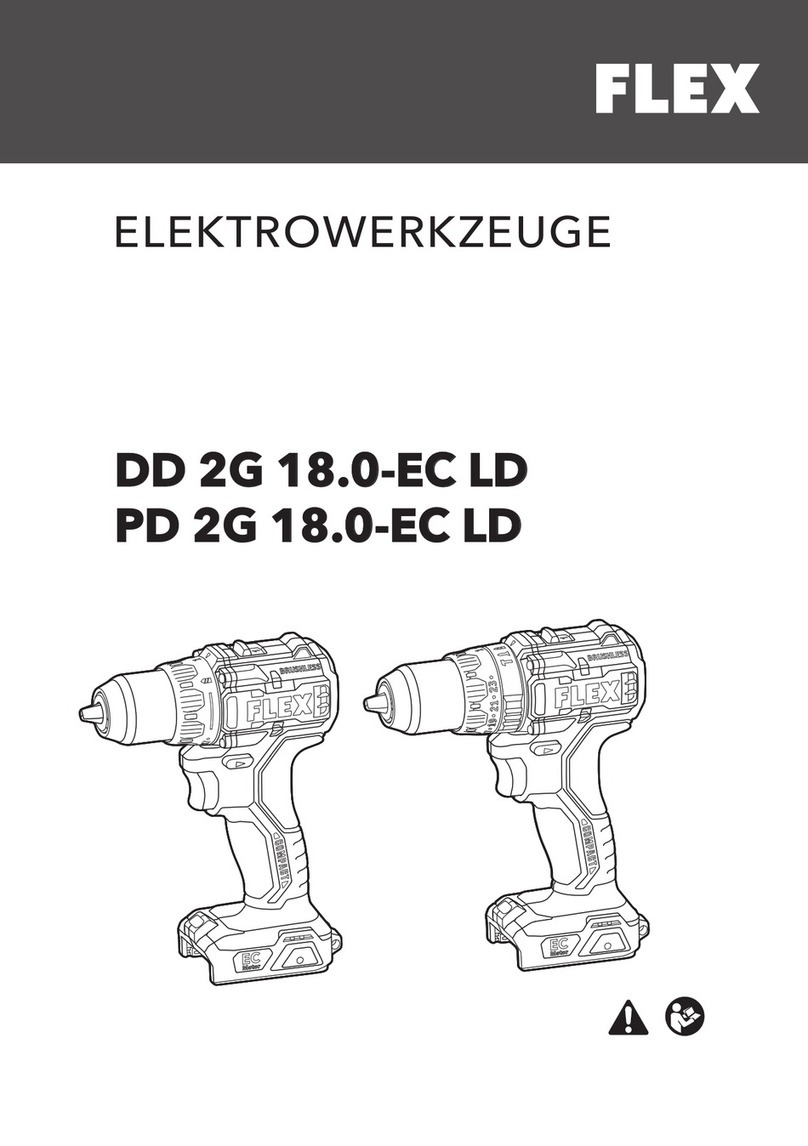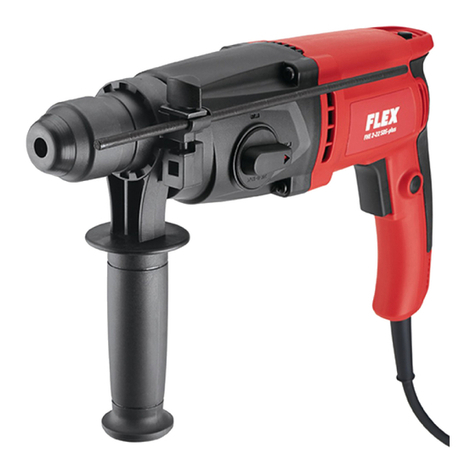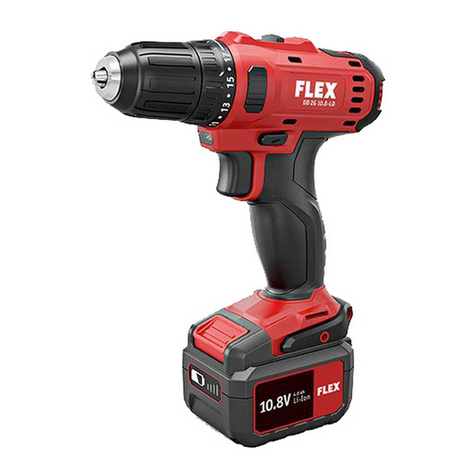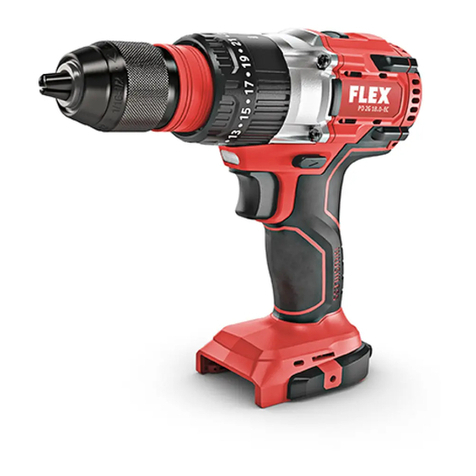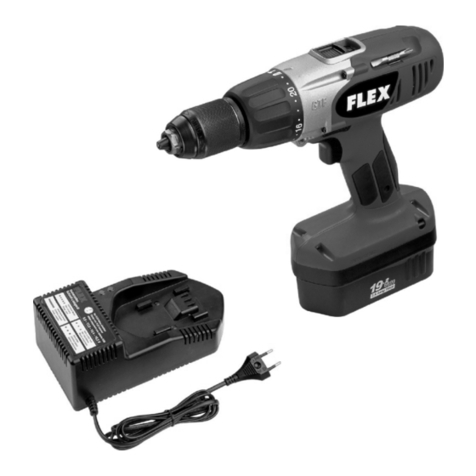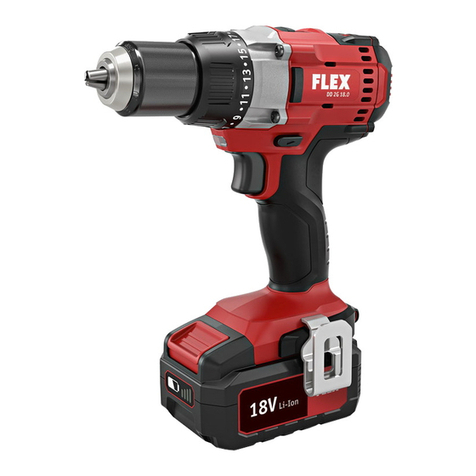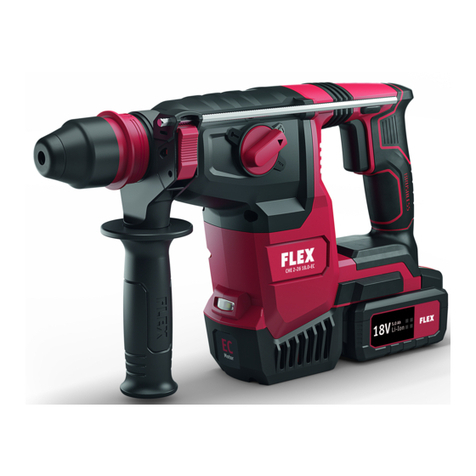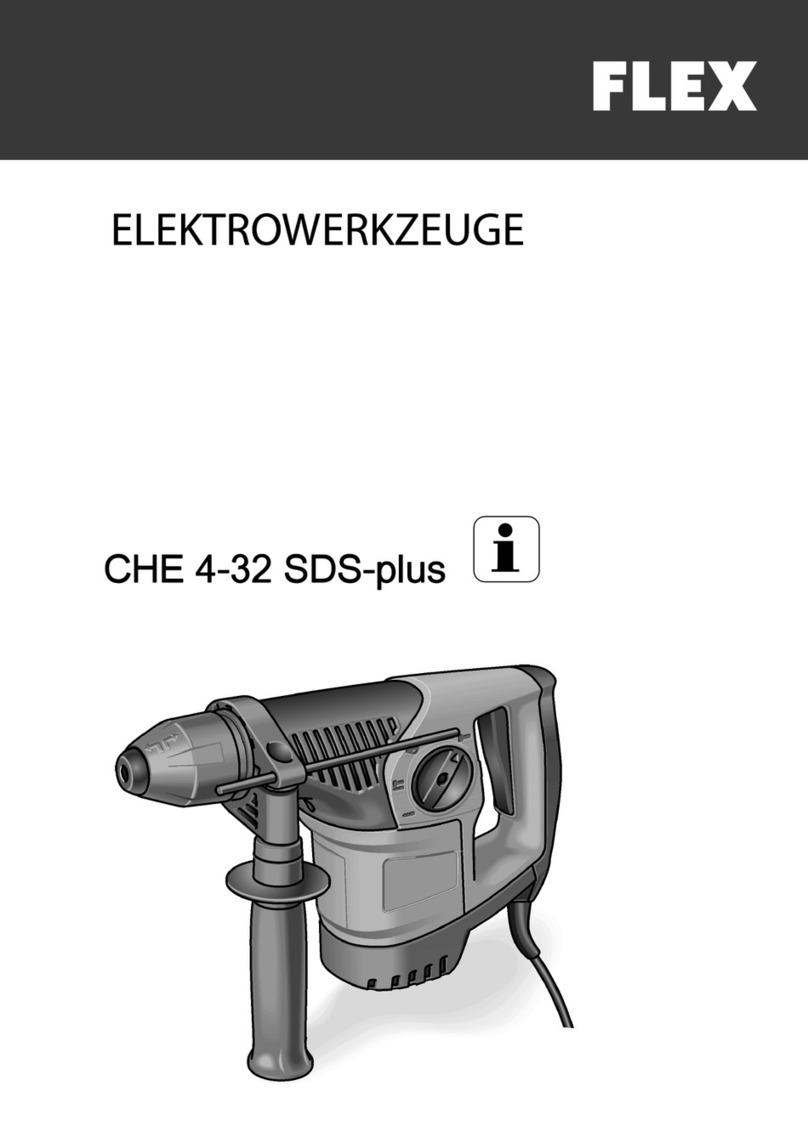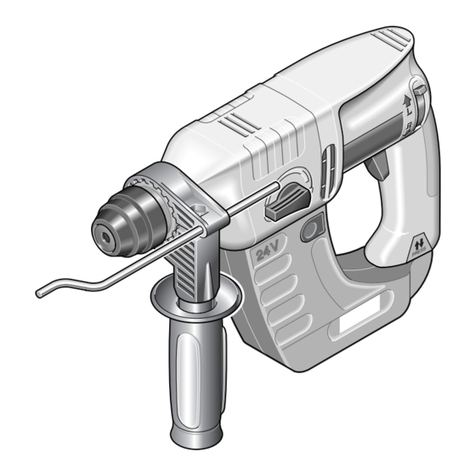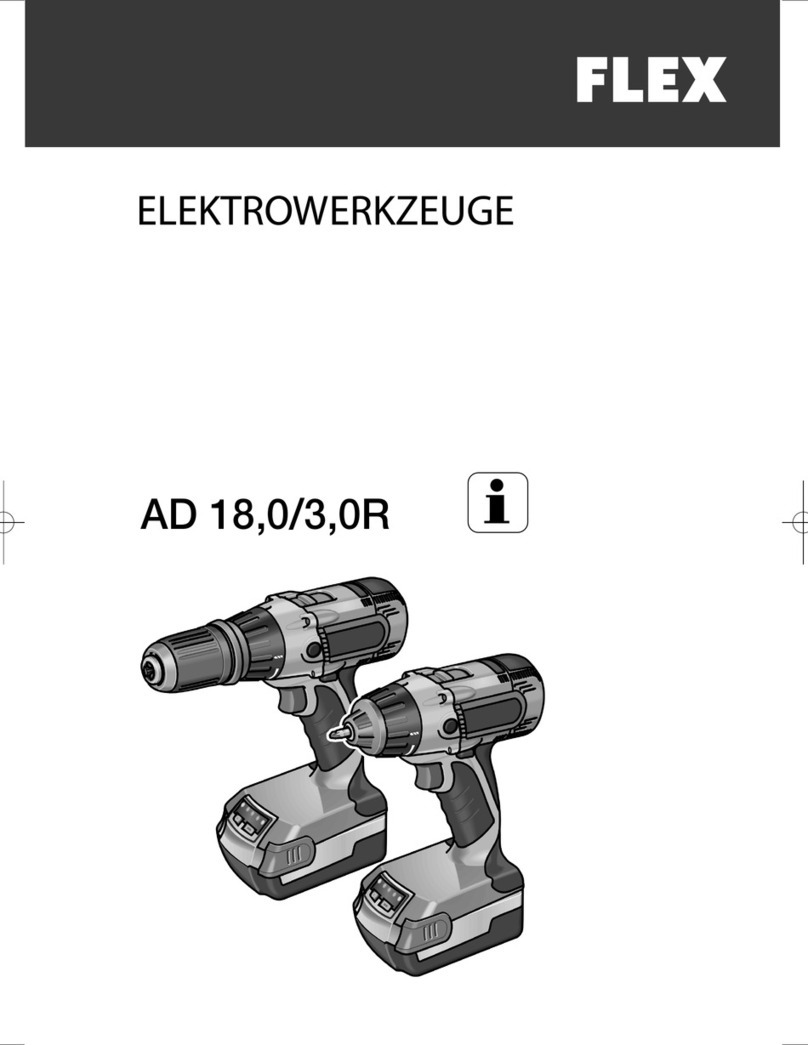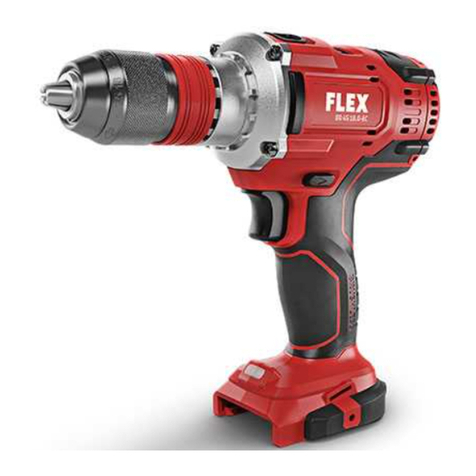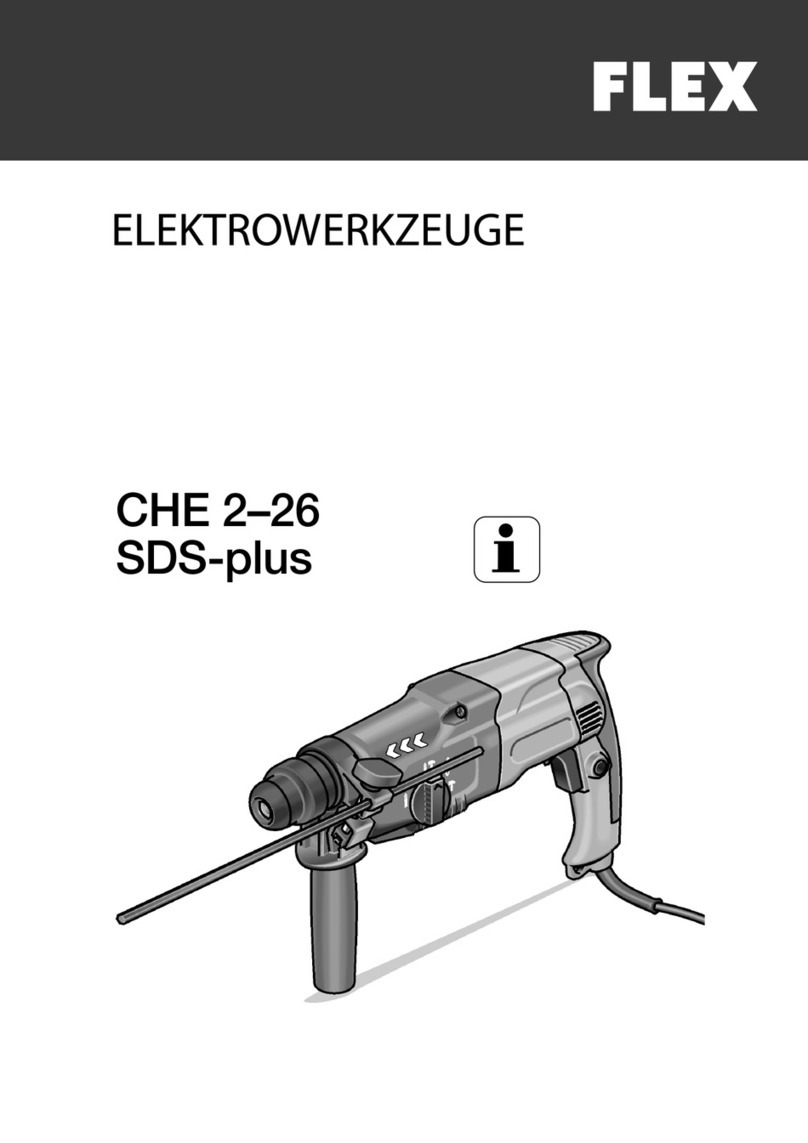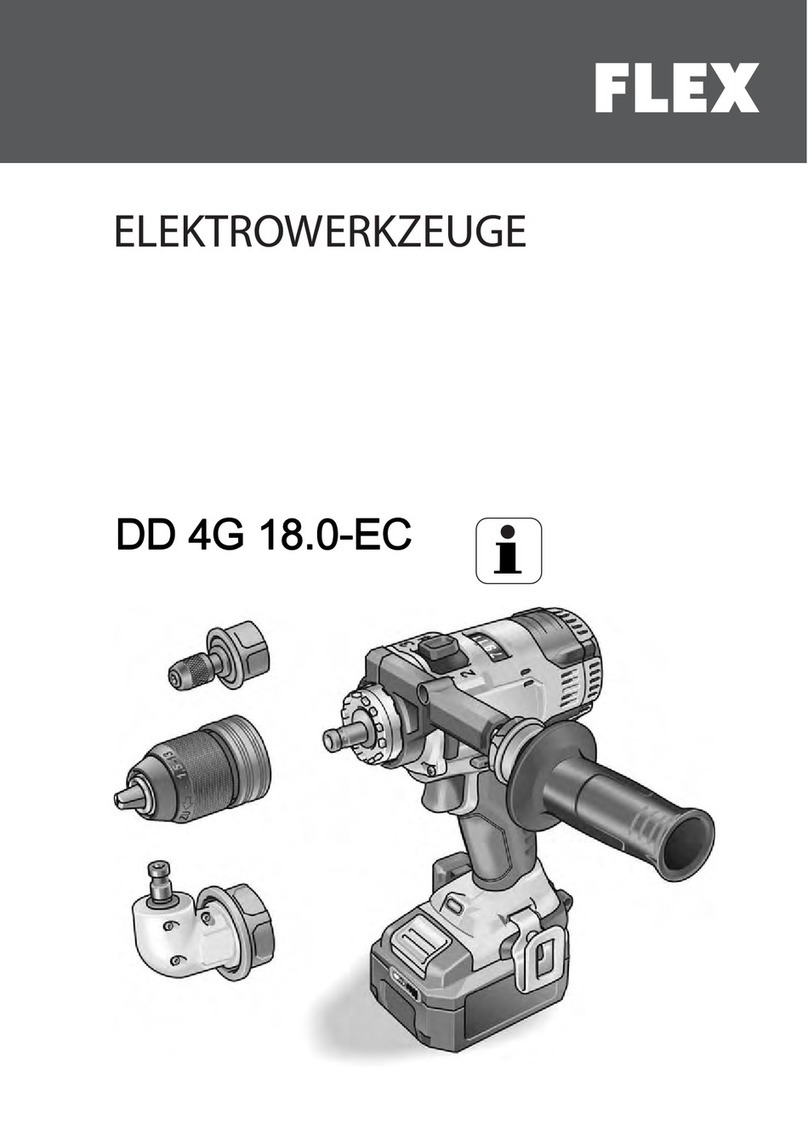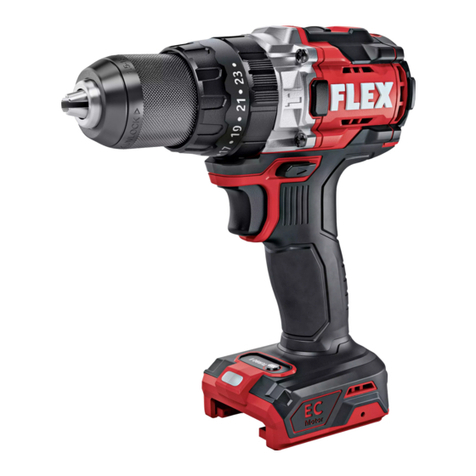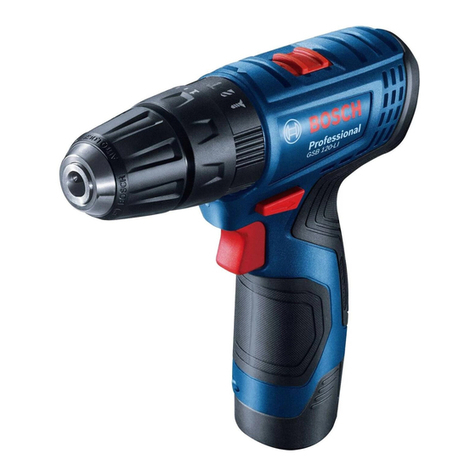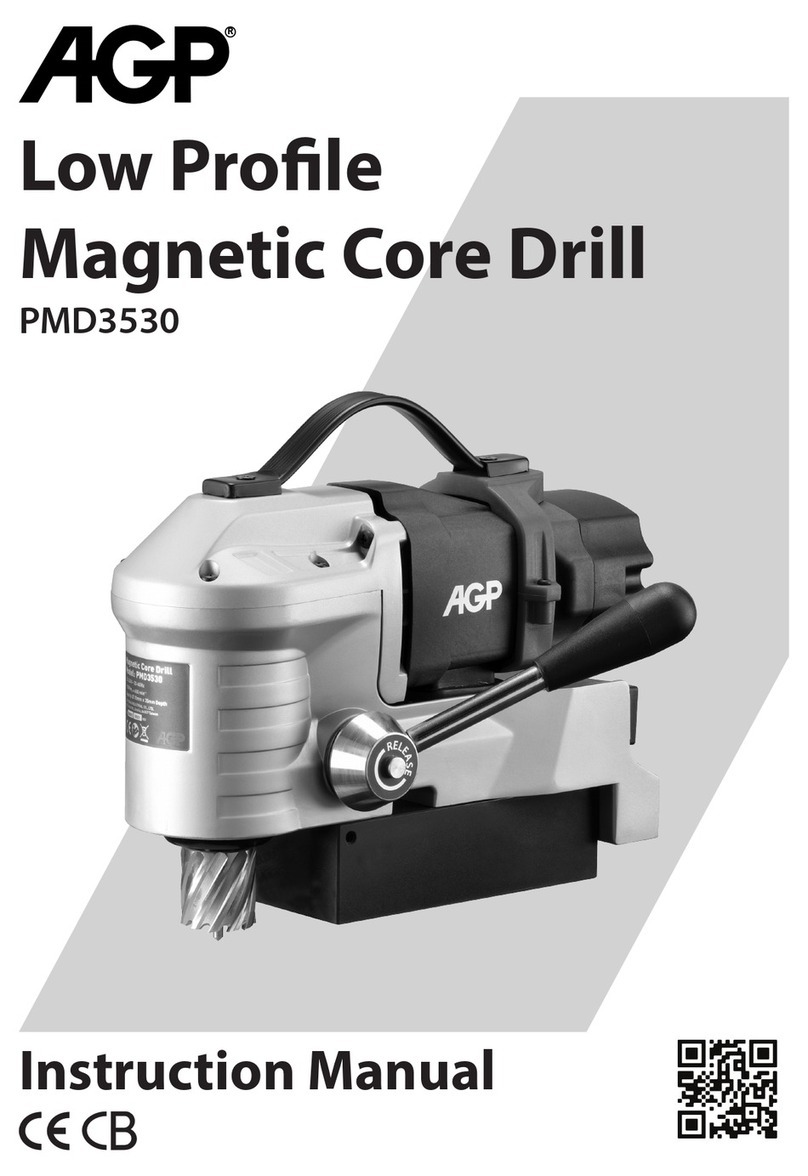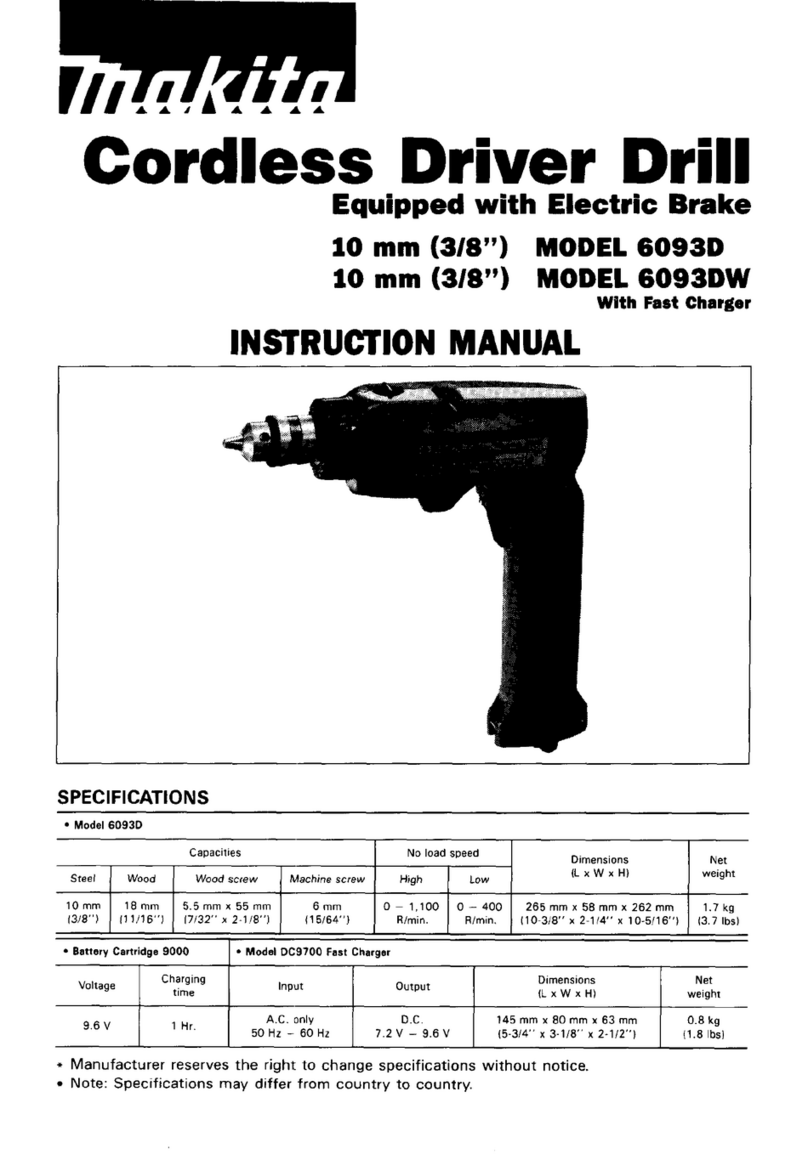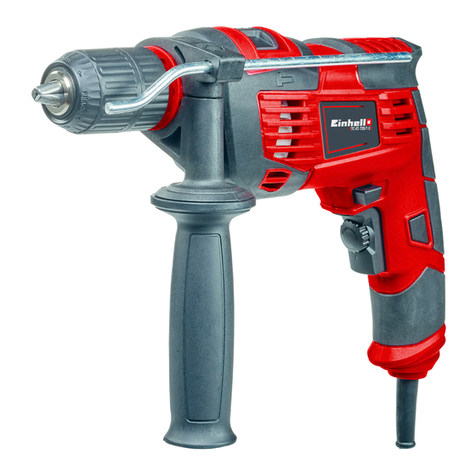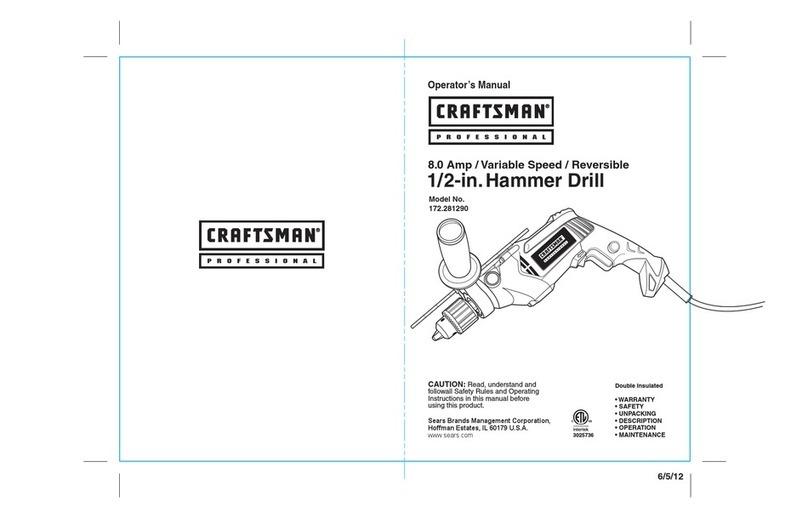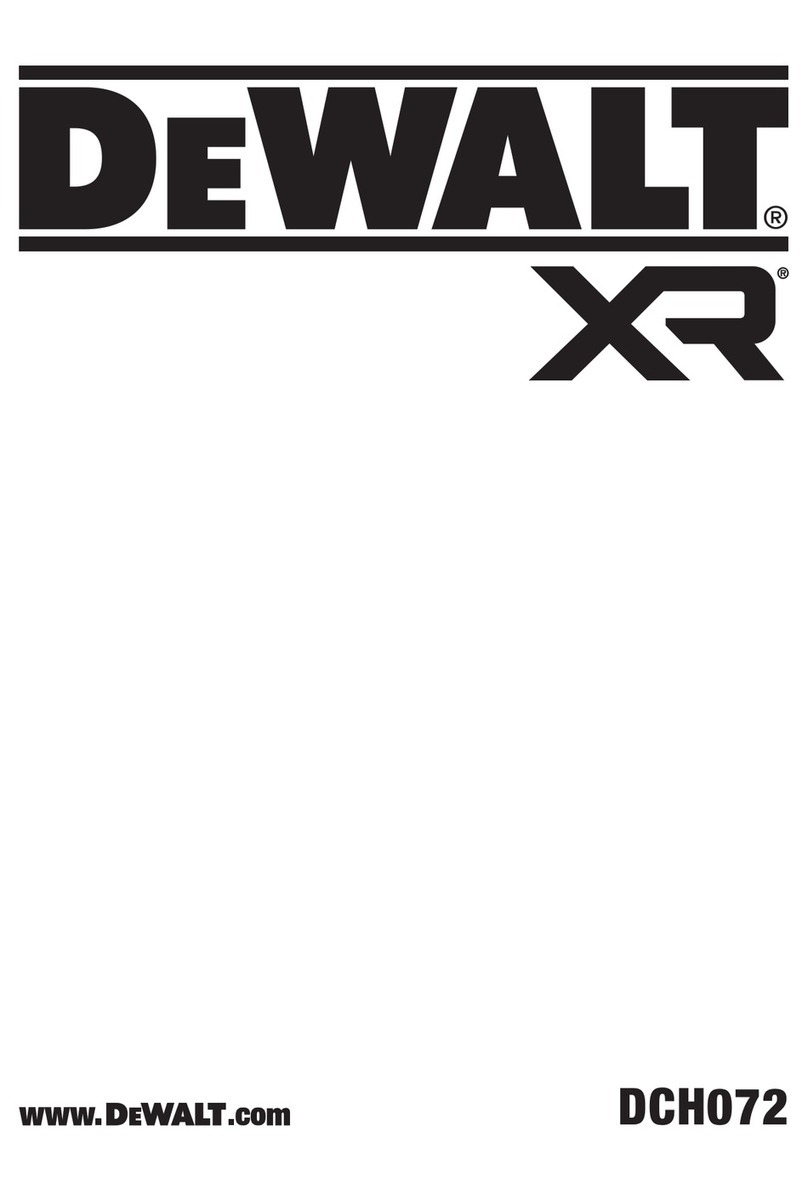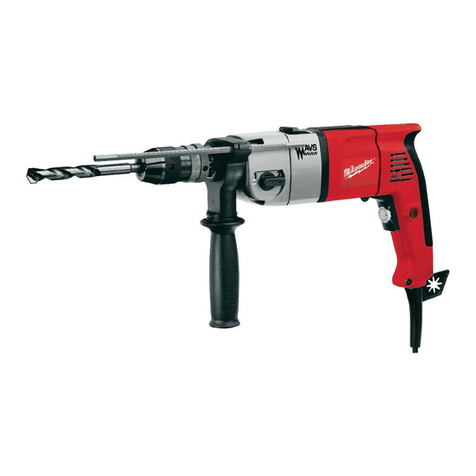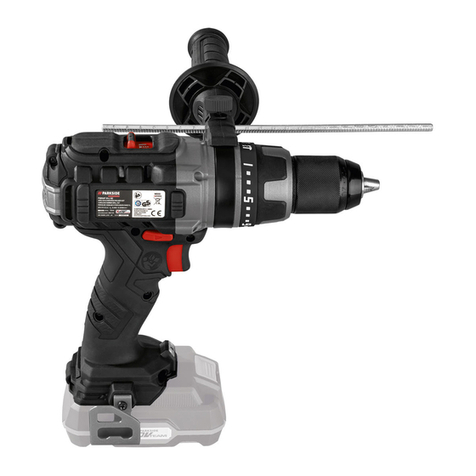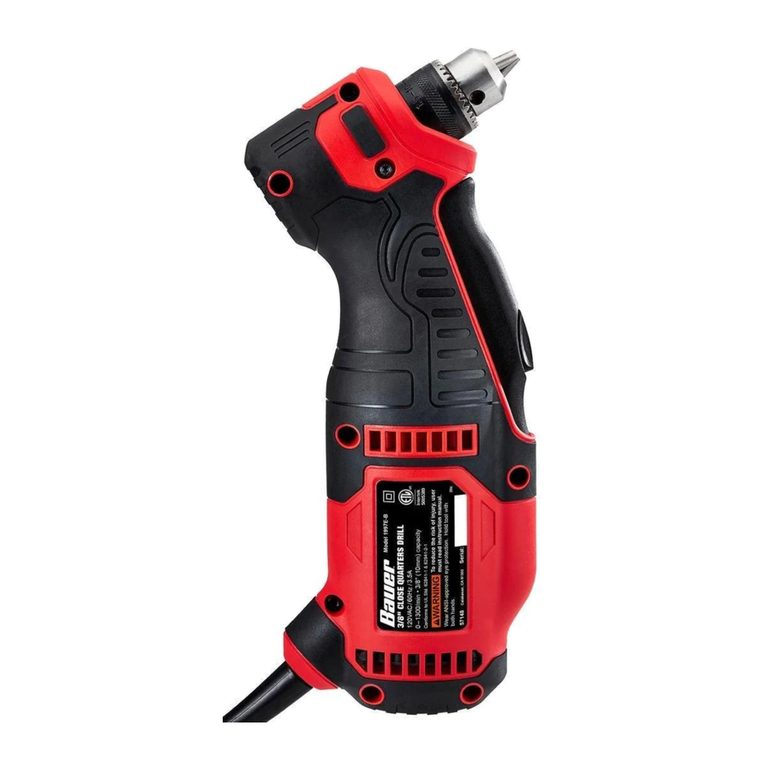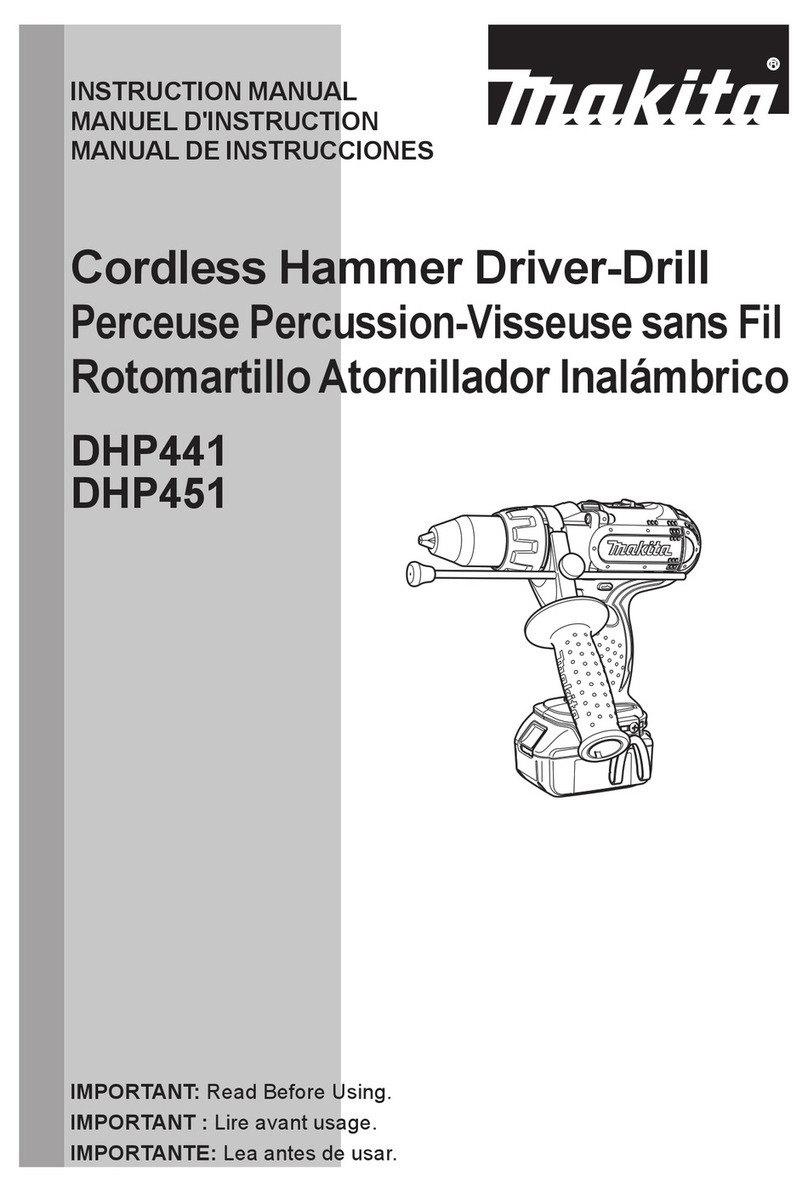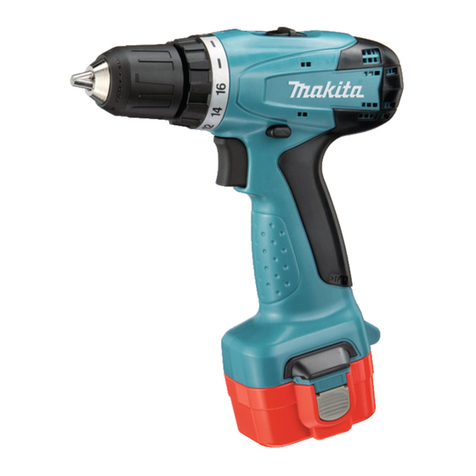
CHE 2-26 18.0-EC
15
Important safety information
WARNING!
Read all safety instructions and general
instructions.
Failure to comply with the
safety instructions and general instructions
may result in electric shock, fire and/or
serious injuries
. Keep all safety instructions
and general instructions in a safe place for
future reference.
Before using the power tool, please read the
following and act accordingly:
–
these operating instructions,
–
the “General safety instructions” on the
handling of power tools in the enclosed
booklet (
leaflet no.: 315.915),
–
the currently valid site rules and the
regulations for the prevention of
accidents.
This power tool is state of the art and has
been constructed in accordance with the
acknowledged safety regulations.
Nevertheless, when in use, the power tool
may be a danger to life and limb of the user
or a third party, or the power tool or other
property may be damaged. The power tool
may be operated only if it is
–
for its intended use,
–
in perfect working order.
Faults which compromise safety must be
repaired immediately.
Intended use
The rechargeable hammer drill CHE 2-26
18.0-EC is designed
– for commercial use in industry and trade,
– for hammer drilling in masonry and
concrete for wall plug and anchor
attachments and through-holes,
– for light trimming work to remove plaster
and tiles,
– to be used with suitable tools
recommended by the manufacturer for
this power tool.
Safety instructions for hammers
Wear ear defenders. The effect of noise
may result in loss of hearing.
Use auxiliary handles supplied with
the power tool. The loss of control may
result in injuries.
Hold the power tool by the insulated
gripping surfaces when performing an
operation where the cutting accessory
may contact hidden wiring or its own
cord. Cutting accessory contacting a “live”
wire may make exposed metal parts of the
power tool “live” and shock the operator.
Do not open the battery. Short-circuiting
hazard!
Protect the battery against heat,
including prolonged sunshine, fire, water
and moisture. Explosion hazard!
A damaged or incorrectly used battery may
result in the emission of fumes.
Ensure
a supply of fresh air and consult a doctor in
the event of any physical complications. The
fumes may irritate the respiratory tracts.
Safety instructions for drill machines
Safety instructions for all operations
Wear ear protectors when impact drilling.
Exposure to noise can cause hearing loss.
Use the auxiliary handle(s). Loss of
control can cause personal injury.
Brace the tool properly before use. This
tool produces a high output torque and
without properly bracing the tool during
operation, loss of control may occur
resulting in personal injury.
Hold the power tool by the insulated
gripping surfaces when performing an
operation where the cutting accessory
may contact hidden wiring or its own
cord. Cutting accessory contacting a “live”
wire may make exposed metal parts of the
power tool “live” and shock the operator.
Safety instructions when using long
drill bits
Never operate at higher speed than the
maximum speed rating of the drill bit.
At higher speeds, the bit is likely to bend if
allowed to rotate freely without contacting
the workpiece, resulting in personal injury.










